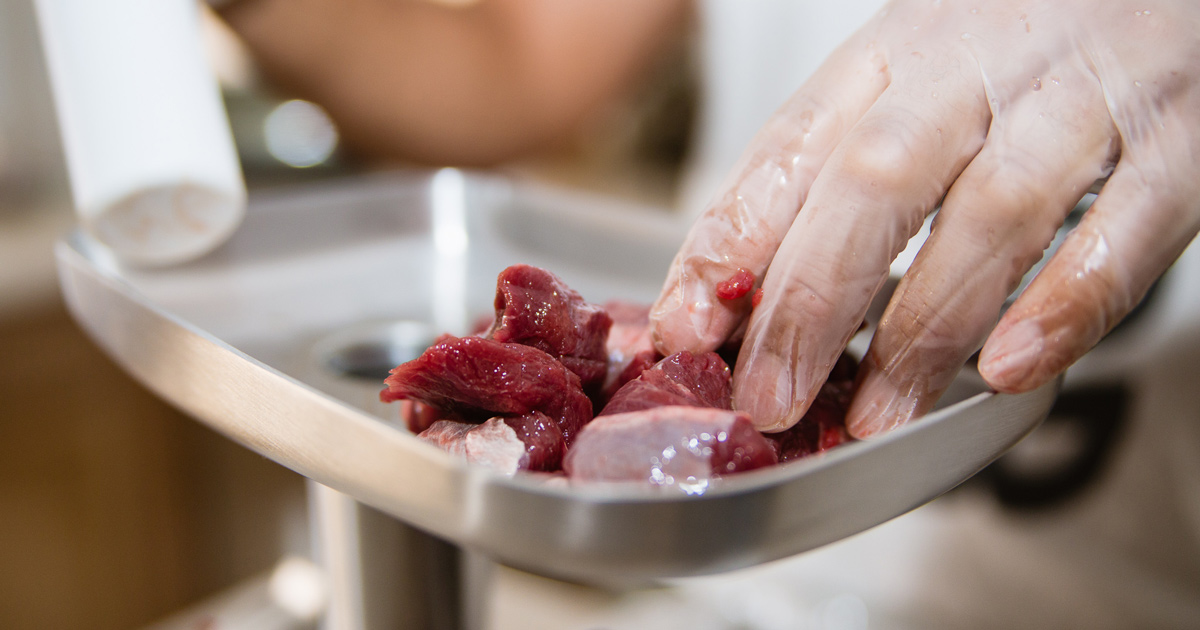Risk Factors And Complications Of Trichinosis
Eating Wild Or Otherwise Non-Commercial Meat
As may be evident at this point, eating wild or otherwise non-commercial meat is another major cause of this condition. While strict regulations have drastically reduced the number of trichinosis cases caused by commercially prepared meats, noncommercial meat is not subject to any of these safety standards. In particular, noncommercial animals raised on domestic farms are heavily linked to trichinosis, and this risk increases if the animals have had contact with the carcasses of wild animals. In addition, types of wild meat such as horse, walrus, and bear meats still pose an increased risk of infection with Trichinella. Experts suggest bear, wild boar, horse, and walrus meat should not be eaten. Similarly, to prevent trichinosis in animals, individuals who own livestock should not feed undercooked meat, scraps, or animal carcasses to their livestock.
Learn more about the risk factors and complications connected to trichinosis now.
Myocarditis

Myocarditis is one of the leading complications that can occur as a result of trichinosis. The myocardium is the muscular layer that makes up the wall of the heart, and myocarditis develops when there is an inflammation in this area. Symptoms of myocarditis generally include chest pain, dizziness, shortness of breath, abnormal heart rhythms (arrhythmias), and fatigue. Some patients may also have swelling in their legs, feet, or ankles due to fluid retention. To diagnose myocarditis, patients may need to have an electrocardiogram, blood tests, a chest x-ray, a cardiac MRI scan, and an echocardiogram. While some cases of this condition may improve without treatment, diuretics, beta blockers, and ACE inhibitors may be useful in resolving mild cases. For more serious cases, patients may need intravenous medications, extracorporeal membrane oxygenation, and ventricular assist devices.
Continue to reveal another complication of untreated trichinosis now.
